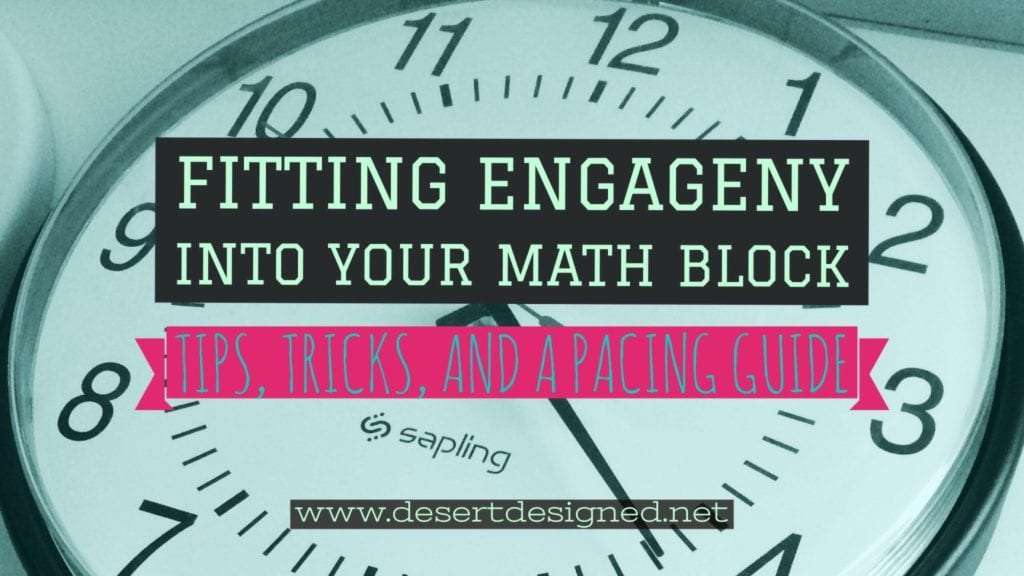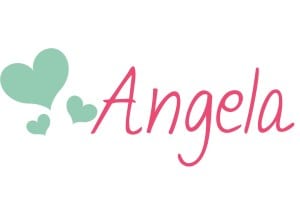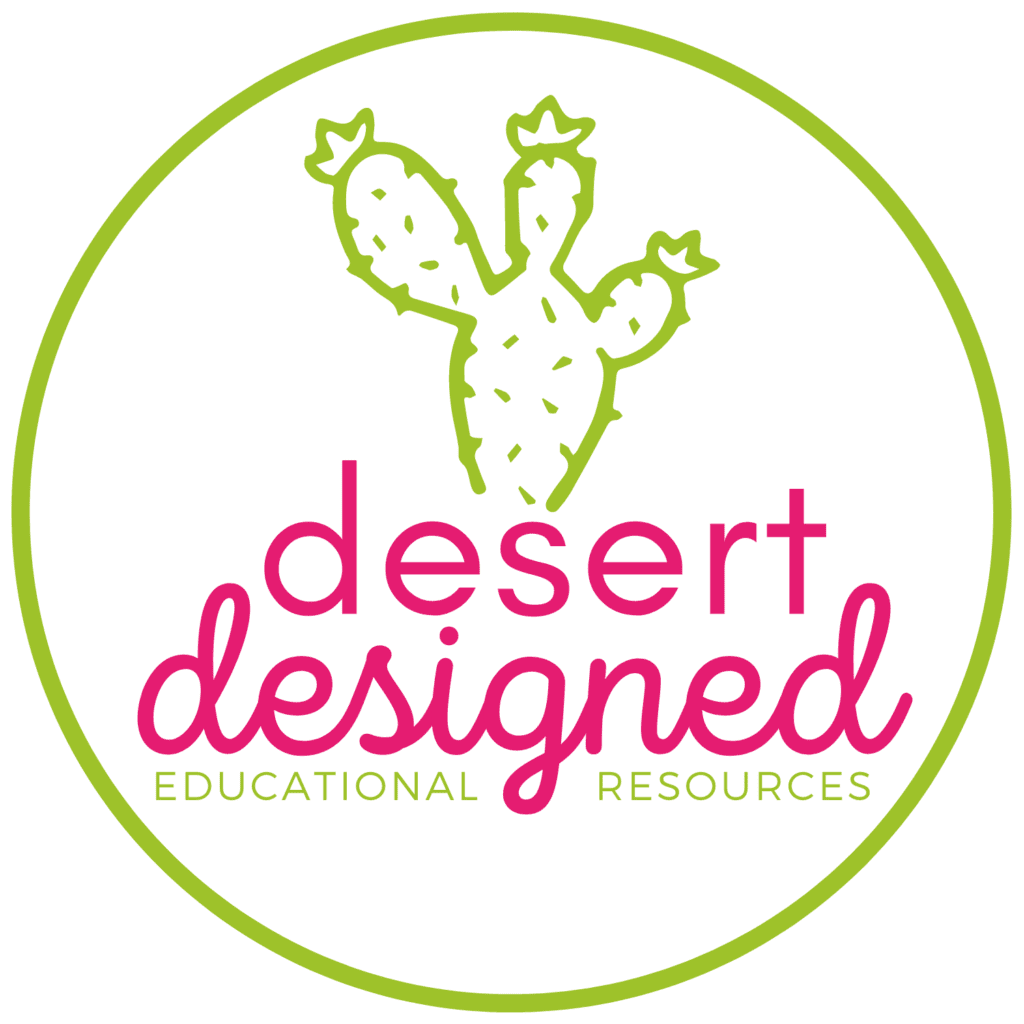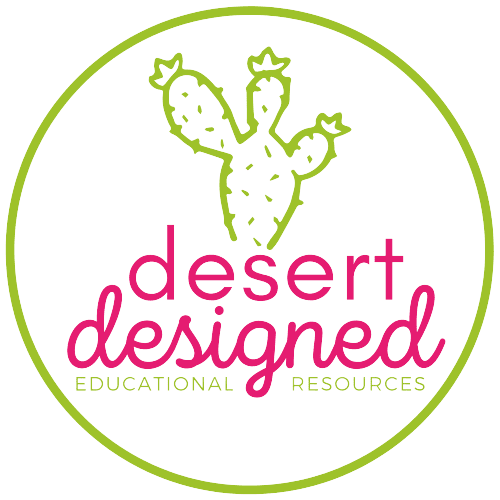
When I was asked to start using the Engage NY curriculum to teach math, I was completely overwhelmed. I started printing out the modules, and just about lost it. (I know it’s SO much paper, but I need to be hands-on when I’m teaching). THERE WAS SO MUCH THERE! I had no clue where to start!
SO, I jumped right in. My first few lessons were a disaster. The kids weren’t used to so much content. I had no clue how to keep the lesson moving along quickly. We were spending too much time passing out supplies or getting the students to pay attention. I had to do something.
I started with my classroom materials. Check out this post about the materials you want to have on-hand (like write and wipe pockets) if you are planning to teach Engage NY at any grade level.
Once I had all of my materials gathered, I needed to come up with a way to make them quickly and easily accessible to all of my students. I keep all of the smaller student materials in a small bucket at each table group. Don’t have your students sitting in groups? Still use some type of container for every 4-6 students with materials those students will need. Place the bucket or container within arms reach of each group/set of students. This will save loads of time. Students don’t need to get up and out of their seats to get something for the lesson.
Are you looking for more ideas to mix up your math lessons and engage your students? Check out my FREE Guide to an Engaging Math Lesson! It has tons of ideas for creating variety in your math lessons while keeping your students engaged and learning!
The Week Before
Next, because there is so much to each Engage NY lesson, it is important to get a handle on what you will be teaching. You will not have time to be reading through a script as you try to teach and engage your students. I manage this by making sure I write all of my lesson plans the week before. Also, I skim through the lessons at that time. This helps me get a sense of what topics I will be covering. Next, I can decide if I am going to skip over any lessons. Finally, I have a chance to gather any supplemental materials I may need.
Since I do my lesson planning on Thursdays, I can get all of my copies for the next week done on Fridays. When I printed the Engage NY curriculum, I separated out each type of printable by type. So, I have an organizer with all of the homework, problem sets, exit tickets, sprints, and templates each chronologically separated into type. Now I saved a ton of time when I gathered master copies to be printed.
The Morning of the Math Lesson
Now, on the morning of each lesson, I read through and highlight the important features of each lesson. It’s important to focus on two parts. First, I look at the numbers and examples used in the fluency portion. I also read through the math problems I will use in the problem set. I need to do this the day of, otherwise I won’t remember what I needed to know for that day. Now everything is fresh in my head and ready to go.
During the Lesson
Remember my copy of the lesson that I highlighted in the morning? I literally hold it in my hands as I teach. When necessary, I can glance down at the papers as I go. It helps me keep on track and move from one problem to the next. I don’t need to read the script because I already familiarized myself with the goal of the lesson. I also keep a close watch on the clock as I teach.
Engage NY Math Pacing
This pacing guide works well for a 55-minute math block. If you have less time, shave the extra minutes off of the Fluency Practice section. If you have more, you can add more time to the Problem Set or Debriefing section
Gather Materials – 1-2 Minutes
- When math is about to start, or for those teachers who are departmentalized, as the students enter the room, I tell the students which specific materials they need for the day’s lesson. They only have about 1 minute to gather everything, and I get started. This will take some time for the students to get used to, but once they get the hang of it, it will really flow in your room. One great way to motivate students is to use a timer like this one.
Fluency Practice – 15 Minutes
- If it is getting close to the 15 minutes into the lesson mark, and I am not done with the fluency, I will either speed quickly through what’s left, or just scrap it.
Concept Development – 20 Minutes
- During the lesson portion, I begin the problems in a very guided way. The first several problems take the longest as the students get the feel for the foundations of how we are doing the day’s math. Then, as the lesson progresses, I gradually release the students to do more and more of it on their own. As I do this, I quickly circulate the room to get a feel for any students I need to pull into a small group once the rest of the class begins the problem set. Even though I allow the students to work through more and more of the problem on their own from one problem to the next, I make sure that I quickly show how the problem should have been done on the board at the front of the room before moving on. This can help clear up any misconceptions or calculation errors the students may have.
Problem Set – 10 Minutes
- I usually have students complete the last question from the Concept Development portion of the lesson on their own. Then, for about the first 2-3 minutes of the Problem Set portion, as students can show me that they have the correct answer, I hand them a problem set. I will then pull any students who struggled during the lesson, or those who cannot seem to get the hang of that last question, and make sure they get some more guided practice with me.
Debrief – 2 Minutes
- I quickly make sure to go over 2-3 choice problems from the problem set. I encourage students to write down anything from the board onto their papers and then use this when they are doing the nightly homework.
Exit Ticket – 5 Minutes
- Printing and passing out exit tickets was taking extra time from my lesson, so I started just posting the exit ticket on the board. Students write the answers on a sheet of lined notebook paper (which they put on their desks in that first minute of class). I then have them place their exit ticket into folders on my wall based on their overall perception of their ability to do the math in the lesson.
Distribute Homework – <1 Minute
- I have the homework on a shelf right next to the exit ticket folders. Since the homework is essentially the same as the problem set, but using different numbers, there should be no reason to go over the expectations of how it is done. The procedure in my class is for students to grab a homework page from the pile as they drop off their exit tickets and either return to their seats or line up to switch to their next class.
In Conclusion
The key is to keep the lesson moving quickly and keep the students moving quickly from one part of the lesson to the next. With a little practice, I know you and your students can really get the hang of getting through the most material in a reasonable amount of time!
AND! Don’t forget to download your FREE Guide to an Engaging Math Lesson today!
Happy Teaching!





10 thoughts on “How to Fit an Engage NY Lesson into Your Math Block”
This was an awesome read. I love Engage and found it really works. My organization and pacing were my weaknesses. Now I feel more confident. Thank you so much!
This sounds great. I am obliged to use our purchased program GoMath and I do not like it!!! I just started in a district and came from one that used CPM math that I LOVED!!!! This may help me “supplement”
Thank you so much for this post!! I struggle with all aspects of Engage NY but I feel this will help me so much next year!!
I have about a 50 minute block of time to do Eureka Math and our school wants us to also incorporate centers which must include Zearn. Any suggestions??
I incorporated centers with Engage NY last year. What I found best was to do a day that was very content-based and then the next day do full-blown centers after a mini-lesson review. I had to juggle the lessons and get creative, but totally made it work. It also probably depends on how much technology you have access to!
Hi
I was just wondering how to you organize the problem sets, homework, sprints,and Templar’s when you separate them. Do you put the originals in a file cabinet and get them and run them off ? I have each module in a notebook and get it from there but I like the idea of having it all separate. I was just wondering the most efficient way to file and store
I think it really depends on how you get your copies done and how you distribute materials to the students. One grade level at my school makes notebooks by module for each student, so they keep their masters by topic. I like to pick and choose which papers I will use and also supplement a lot, so I actually have my masters sorted into file folders by type of resource and by topic. For example, I keep all of the module 1 problem sets together, all of the homework together, etc. I hope this helps!
Good Stuff Angela, I love the exit ticket idea. I was just thinking about how much time passing out papers eats up, in addition to opportunities for distractions.
Do you have any suggestions on how to do an exit ticket or on how to manage the program with the new distant learning restrictions? I will be doing Zearn without paper.
I really like using Google Forms as exit tickets. This is a free sample of an exit ticket that I have posted in my TpT store: https://www.teacherspayteachers.com/Product/Simplifying-Fractions-Digital-Exit-Ticket-FREE-SAMPLE-5067782 I have some others made specifically for all the fractions we use in fifth grade. Just remember that Exit Tickets don’t have to be long. Just a couple of questions to get the idea if kids are getting it can be sufficient. Another great idea depends on if you are using Google Classroom. In Google Classroom, you can post a “Question” for students to answer. Sometimes I will post a math question and have them respond. Other times, I will have the students write their own questions to mimic a lesson and then answer the questions other kids have posted. This gives me some really good insight into whether or not they understand the content I’m teaching. Good luck with everything, and please don’t hesitate to reach out for other ideas!
Comments are closed.